My Garmin watch thinks I've had a relaxing day, with an average stress level of 21 (out of 100). My four-week average is 32, so this counts as a low-stress day in the Garmin universe.
At least, today was nothing like 13 March 2020, when the world ended. Hard to believe that was four years ago. So when I go to the polls on November 5th, and I ask myself, "Am I better off than 4 years ago?", I have a pretty easy answer.
I spent most of today either in meetings or having an interesting (i.e., not boring) production deployment, so I'm going to take the next 45 minutes or so to read everything I haven't had time to read yet:
- Cognitive psychologist Amber Wardell listened to US Senator Katie Britt's (R-A-87.63657988865225L) reply to President Biden's State of the Union address, and explains how Britt's "phony fundie voice" fits into the right-wing Christian Nationalist worldview she promotes. Hint: Britt wasn't talking to you or me.
- Fulton (Ga.) County Superior Court Judge has quashed three of the XPOTUS's charges because, essentially, Fani Willis's office didn't draft the indictment with enough detail.
- Tori Otten admires the way House Democrats deftly cornered special counsel Robert Hur, forcing him to admit the vast differences between the way President Biden and the XPOTUS handled classified documents.
- Yulia Navalnaya reminds the West that Russian president Vladimir Putin isn't actually a politician; he's really a gangster.
- The Illinois Supreme Court has declined to hear, and thus let stand, an appellate court ruling that keeps the Bring Chicago Home referendum on next Tuesday's ballot. Large real estate companies and some large businesses oppose the plan, which would tax them more and use the money to pay for affordable housing.
- Chicago mayor Brandon Johnson has ignored the Catholic Archdiocese of Chicago's offer to house migrants for free, and I would like to know why.
- Los Angeles police warned residents that burglars have started using Wi-Fi jammers to bollix up wireless security systems.
- Michigan will start building its section of the Marquette Greenway Trail, a 93-kilometer bike path that will eventually (late 2027) connect New Buffalo, Mich., with Chicago.
- Chicago passed 21°C yesterday for the fifth time in 2024, the earliest we've ever had as many days above that temperature since records began.
All righty then. I'll wrap up here in a few minutes and head home, where I plan to pat Cassie a lot and read a book.
We always take a week off after our Choral Classics concert, which saves everyone's sanity. I in fact do have a chorus obligation today, but it's easy and relatively fun: I'm walking through the space where we'll have our annual Benefit Cabaret, Apollo After Hours, and presumably having dinner with the benefit committee. I'll be home early enough to have couch time with Cassie and get a full night's sleep.
Meanwhile:
- Former presidential speechwriter James Fallows annotates President Biden's State of the Union Address.
- Today's TPM Morning Memo blows up US Senator Katie Bush's (R-AL) response to the SOTU, but really I think Scarlett Johansen did it best:
- Jennifer Rubin throws cold water on the belief that the United States is "polarized," given that one party wants to, you know, govern, while the other party wants to prevent that from happening so they can take power and therefore preserve the status quo ante from the 1850s: "America is divided not by some free-floating condition of “polarization” but by one party going off the deep end. And that’s a threat to all of us."
- Greg Sargent points out the fundamental and ugly scam right-wingers like the XPOTUS perpetrate when they blather on about "border security:" it has a lot more to do with demographics (see, e.g., "great replacement theory") than crime.
- Charles Marohn warns that blaming drivers for buying bigger cars shifts the blame from planning departments to individuals, where your state's DOT would prefer people put it.
- Kensington Palace has apologized for sending out an obviously-edited photo of Princess Catherine with her children, causing the family some embarrassment, and distracting for a moment from any questions about why the people of England, Scotland, Wales, and Northern Ireland continue to pay for Kensington Palace.
- Seattle police impounded the oldest newsstand in the city after the landlord complained, repeatedly, over the course of three years.
- If you have a couple of extra bucks lying around and you want a cool place to live, Block Club Chicago has a list of seven historical buildings you can live in, from a $318,000 condo in Marina City on up to the $3 million Edwin J Mosser House in Buena Park.
Finally, Crain's slices into the six best thin-crust pizzas in Chicago, a list that includes three I've personally tried (Bungalow by Middle Brow, Michael's, and Jimmy's), and three that I now need to try soon. (I have some Michael's in my freezer, in fact, which I'm planning to eat for dinner tomorrow.) I would add Barnaby's in Northbrook and Flapjack Brewery in Berwyn, by the way.
Almost always, during the last few days before a performance, a huge chunk of my working memory contains the music I'm about to perform. I have two concerts this weekend, so right now, my brain has a lot of Bruckner in it. I feel completely prepared, in fact.
Unfortunately, I still have a day job, and I need a large chunk of my brain to work on re-architecting a section of our app. Instead of loading data from Microsoft Excel files, which the app needs to read entirely into memory because of the way Excel stores the contents of cells, I need to allow the app to use comma-separated values (CSV) files that it can read and throw away. So instead of reading the entire Excel file into memory and keeping it there while it generates an in-memory model of the file, the app will simply read each row of a CSV file and then throw that row away while building its model. I believe that will allow the app to ingest at least 5x more data for any given memory size.
I'm finding that the "In Te, Domine speravi" fugue from Bruckner's Te Deum keeps getting in the way of thinking about the re-architecture.
And oh, the irony, that I don't have enough working memory to think about how to get more working memory for our app.
Meanwhile...
- James Fallows shakes his head at a pair of New York Times headlines that tell exactly the opposite stories as the articles under them. Salon's Lucian K Truscott IV elaborates.
- The Mary Sue does not hold back on dismissing retiring US Senator Kyrsten Sinema (?-AZ), a "useless corporate Senate shill who accomplished nothing." "The only thing Sinema accomplished was outing herself as a toxic narcissist who deceived her supporters to make herself wealthy."
- Monica Hesse has a similar, but more restrained, take on Sinema: "The interesting thing actually wasn’t her clothes. The interesting thing was that we wanted her clothes to mean something."
- Nicholas Kristof pounds his desk about how the bullshit anti-Woke school battles coming out of places like Florida distract from the real problem: Johnny can't read.
- A Santa Fe, N.M., jury convicted Hannah Gutierrez Reed of involuntary manslaughter for putting a live round in a prop firearm on the set of the movie Rust in 2021.
- Cornell professor Sara Bronin leads the effort to create a National Zoning Atlas, which hopes to show what places in the US have the most onerous housing restrictions.
- Chicago's Museum of Science and Industry has launched a new exhibit on "the science of James Bond."
Finally, prosecutors agreed to dismiss (without prejudice, I believe, though the Post left out that detail) the criminal case revolving around Don Henley's handwritten notes outlining the Eagles album Hotel California when Henley's lawyers got caught withholding evidence from the defense team. In civil cases, this is bad, but in criminal cases it's much, much worse. Like, reversible error at best and dismissal with prejudice at worst. It appears that Henley himself blew up the case by changing his mind about waiving attorney-client privilege after his attorneys had already testified. Perhaps he thought he could score points against the defense that way, but like most victims of the Dunning-Krueger Effect, he didn't understand that "gotcha" moves are generally not allowed in US courts. We'll see if the prosecutors move for a new trial or just take the loss. (It looks like the latter.)
For Reasons, we have the dress rehearsal for our Saturday performance on Saturday. That means poor Cassie will likely go ten hours crossing her paws between the time I have to leave and when I'm likely to get back. Fortunately, she should be exhausted by then. Tonight's dress rehearsal for our Sunday performance won't put her out as much, thanks to Dog Delivery from my doggy day care. Still, I'd rather have a quiet evening at home than a 3-hour rehearsal and an hour-long car trip home...
Meanwhile, in the world of things that appear to matter more but actually will matter less in a year...
Finally, perhaps the reason the Chicago Transit Authority has so many problems is that its governing board has only one member who actually understands public transit? (Welcome to Chicago: where the head of the CTA has a chauffeured car, and the head of the Chicago Teacher's Union sends her kids to private school.)
The top story this hour, which should surprise no one who can read a poll, is that US Senator Krysten Sinema (?-AZ), who pissed off every Democrat in Congress over her only term in the Senate, has decided not to run again. Since the Democratic Party had already fielded a candidate against her, this makes her completely irrelevant, instead of just mostly irrelevant. The November election will pit Republican Kari Lake against Democrat Ruben Gallego.
Meanwhile:
- Ellie Quinlan Houghtaling compiled all of the XPOTUS's nonsense utterances from just the past weekend, in case you needed more evidence that he's pretty well into his age-related dementia, or if you believe the Internet, syphilis. (Only one of those things is curable, by the way.)
- The mayor of Dalton, Ill., has vetoed a resolution of the Board of Trustees to have the FBI and state attorney general investigate her for misusing village funds. The mayor claims the board met illegally, because it didn't meet in the Village Hall—to which she has withheld the keys from them. It turns out, the FBI has already started investigating.
- Speaking of clowns, soon-to-be-ex Representative Lauren Boebert (R-CO) still thinks she can get back into Congress after moving out of her current district, despite (a) being perceived as a carpetbagger by literally everyone in the new district, and (b) pissing off literally everyone on her staff.
- Don't by cheap Chinese-made video doorbells from Walmart or Amazon, because they're trivially easy to hack. (Google Nest is not, however.)
Finally, if you'd like a little peace and quiet, a group of six Hebridean islands off the west coast of Scotland have two job openings with pretty good salaries: a general physician spot that pays £150,000 and a teaching position at £69,000 (class size: 6), not including a £10,000 "hello" payment to get you to your new home. The islands have a combined population of 4,000 (people; they have many more sheep than that) and a guarantee you will never get stuck in a motorway tailback.
I went through the photos I took on my trip to Germany last week and put a couple of them through Lightroom.
Getting coffee in Viktualienmarkt:
.jpg)
A very practical car for city life in post-war Germany, the 1955 BMW Isetta:
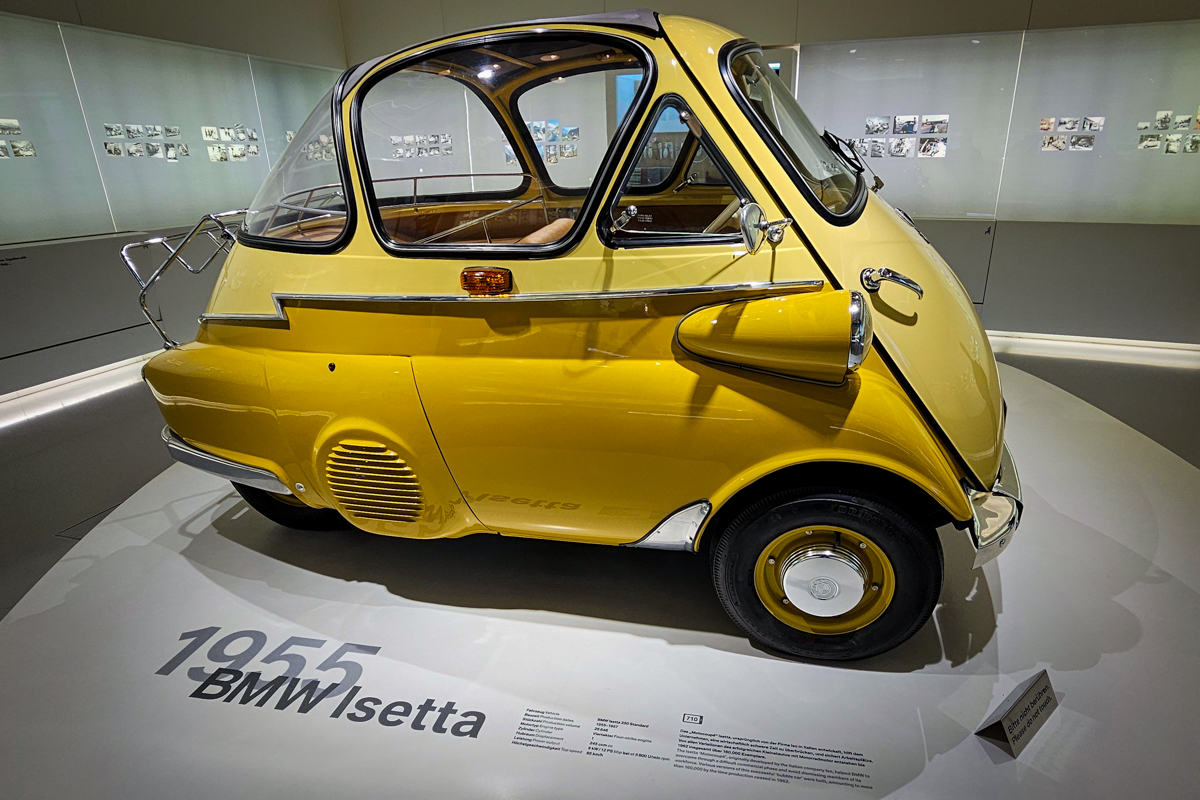
The Trödelmarktinsel, Nürnberg:
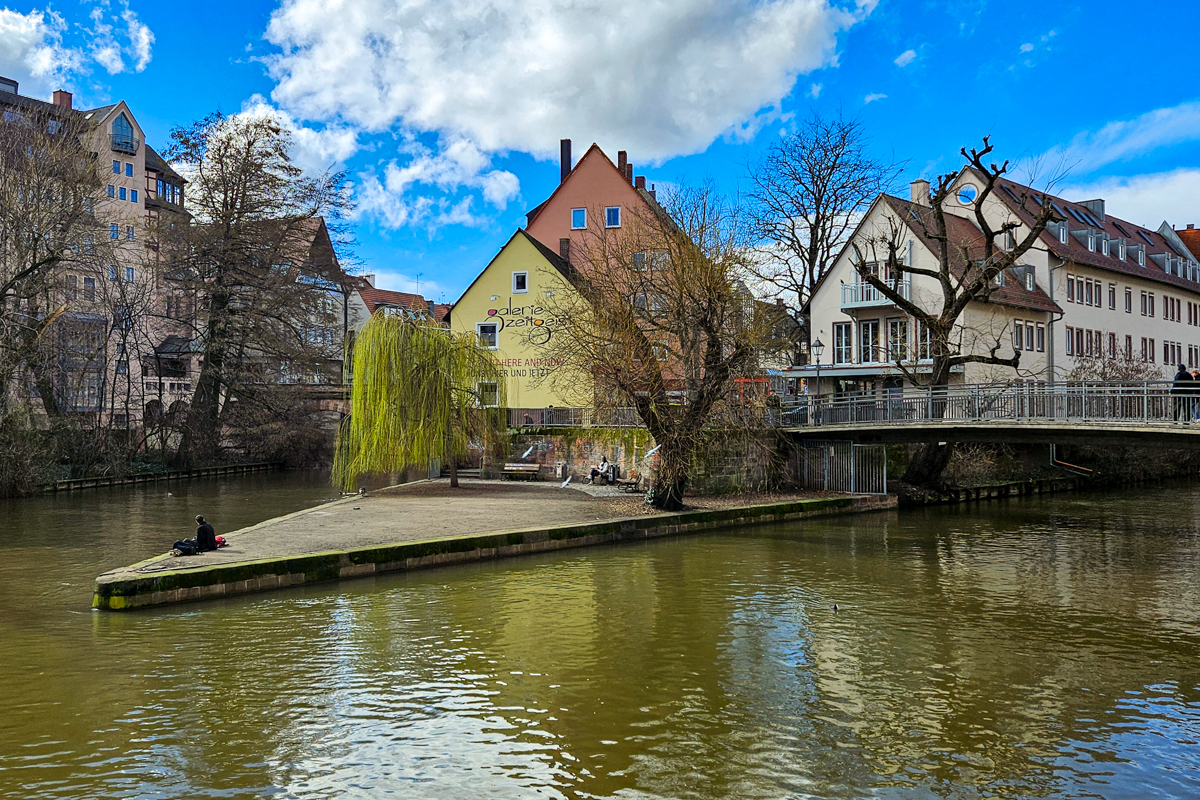
A better edit of my earlier photo of the main gate at Dachau:

And finally, I had a really great view of the New York metro area on the flight home:
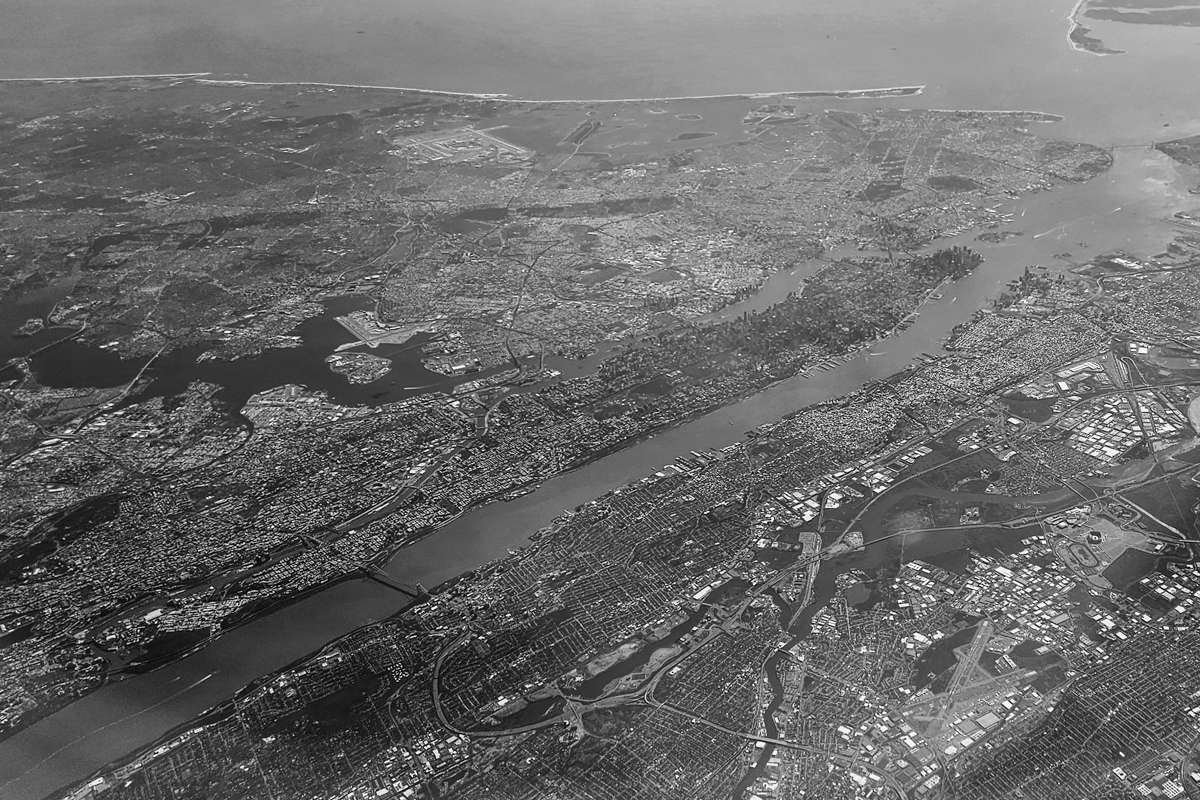
It turns out we actually missed the record for warmest winter in recorded history. Chicago averaged 1.67°C from December 1st to February 29th, making it the 5th-warmest winter after 1881-82 (1.72°C), 1879-80 (1.78°C), 1931-32 (2.0°C) and 1877-78 (2.89°C). So it was only the warmest winter in 92 years, not the whole 153 years of data.
We did, however, have the warmest February on record, with an average temperature of 4.17°C. And it was unusually sunny: we had 75% of possible sunshine, while normal is 47%. Plus, the forecast for this weekend calls for a May-like 21°C at IDTWHQ.
Meanwhile, Lake Tahoe, Nev., could get almost 3 meters of snow this weekend as a major blizzard bumps up against the Sierra Nevada, with a 233 km/h wind gust reported at Palisades Tahoe Ski Base yesterday. That does not sound fun.
The Ecuadorean baby really screws with North American weather sometimes.
It's official: with two days left, this is the warmest winter in Chicago history, with the average temperature since December 1st fully 3.5°C (6.3°F) above normal. We've had only 10 days this winter when the temperature stayed below freezing, 8 of them in one week in February. This should remain the case when spring officially begins on Friday, even though today's near-record 23°C (so far) is forecast to fall to -6°C by 6am. And that's not even to discuss the raging thunderstorms and possible tornadoes we might get as an energetic cold front slices through tonight. By "energetic," I mean that the NWS predicts a drop by as much as 16°C (30°F) in one hour around 10pm.
Not to worry: it'll be 17°C by Sunday. (The normal high temperatures are 4.7°C for February 27th and 5.4°C for March 3rd; the records are 23.9°C and 26.7°C, respectively.)
Meanwhile, I don't have time to read all of these before I pack up my laptop tonight:
And now, back to getting ready for the Sprint 103 release. That's a lot of sprints.
As planned, I took a day trip to Nürnberg, which required a 70-minute high-speed train that cost more than I'd planned. In fact, if I'd planned which trains to take, and bought the tickets last week, I could have saved about $50. Of course I had no way to predict today's amazing weather.
First, about that train. In Europe, a 244 km/h train is bog-standard:

From Munich to Ingolstadt it tools along at a leisurely 160 km/h, but after Ingolstadt, they put the hammer down, as you can see in the GPS readout in the upper-left corner.
And I am glad I took the trip, because Nürnberg is gorgeous:

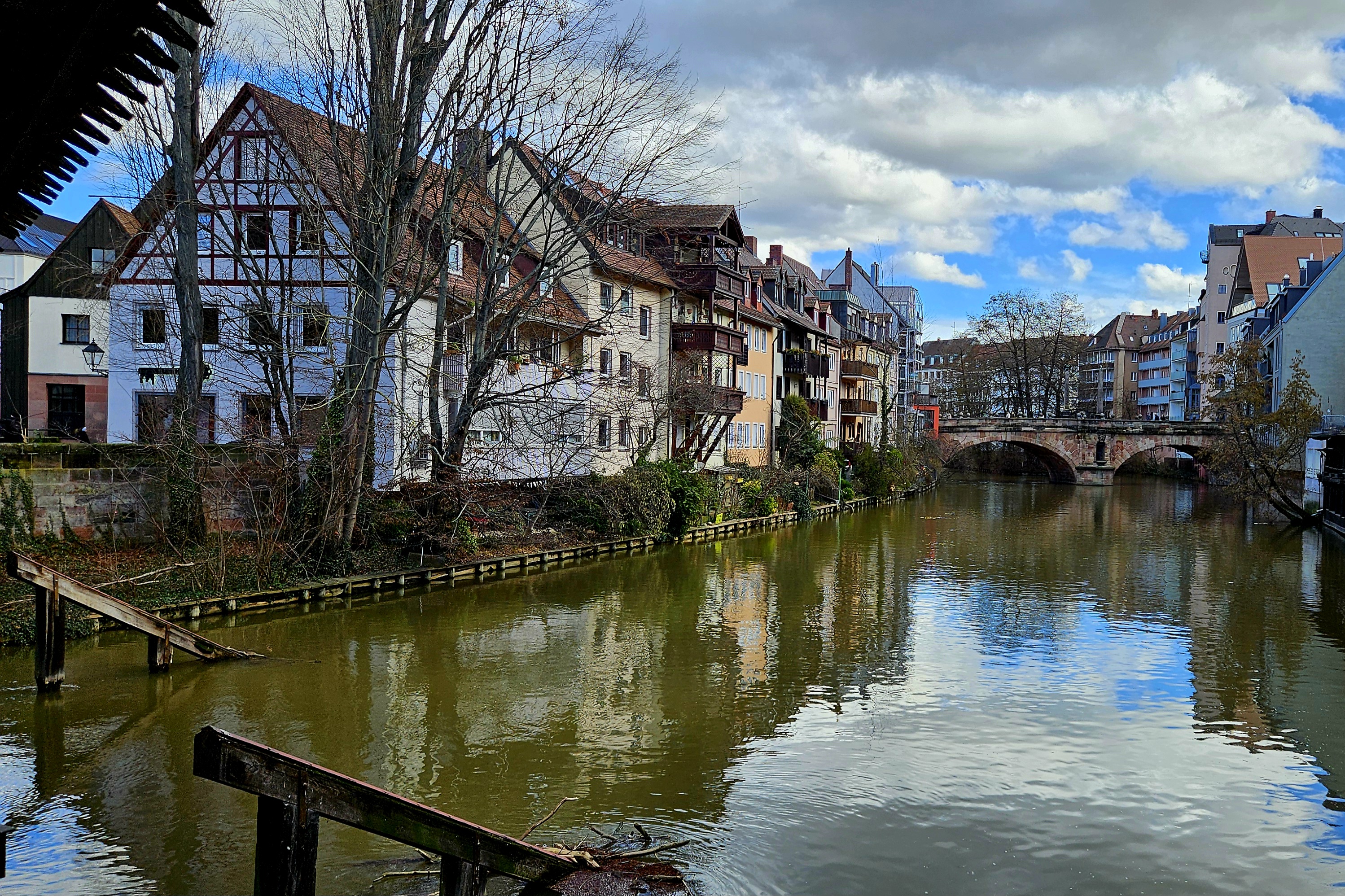
It's also where Johannes Pachelbel committed his musical atrocities just over 400 years ago:

True story: at my wedding many eons ago, I hired a string quartet, and told them they would not get paid if they played anything by that guy. They stuck with Mozart, Haydn, and some Satie at one point, if memory serves.
I'll have more and better-finished photos when I return to Chicago. Here are three quick phone edits from today.
The Neue Rathaus in Marienplatz, near my hotel:
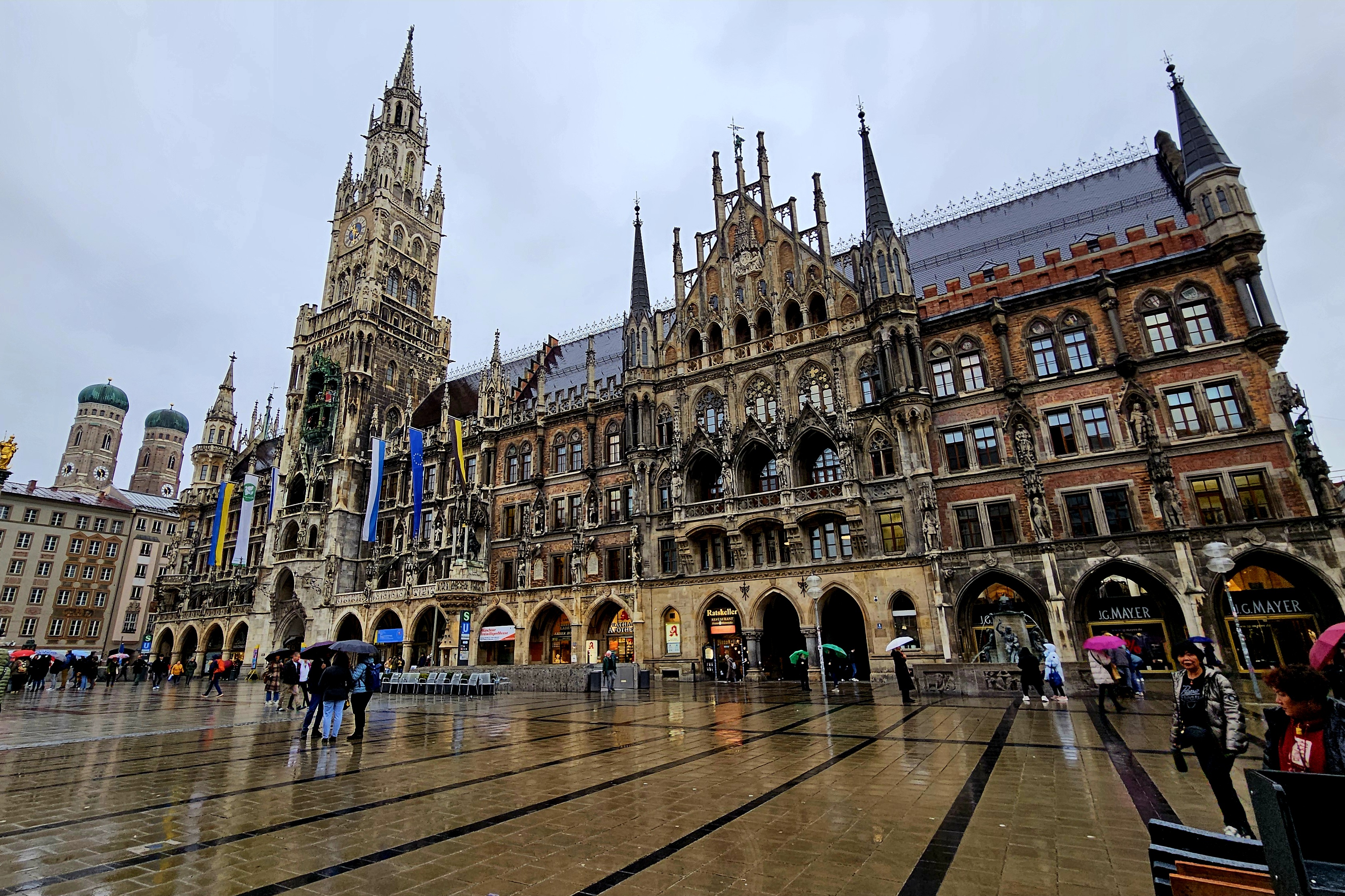
The main gate to the prisoner camp at Dachau:

The main road in the Dachau prison camp:
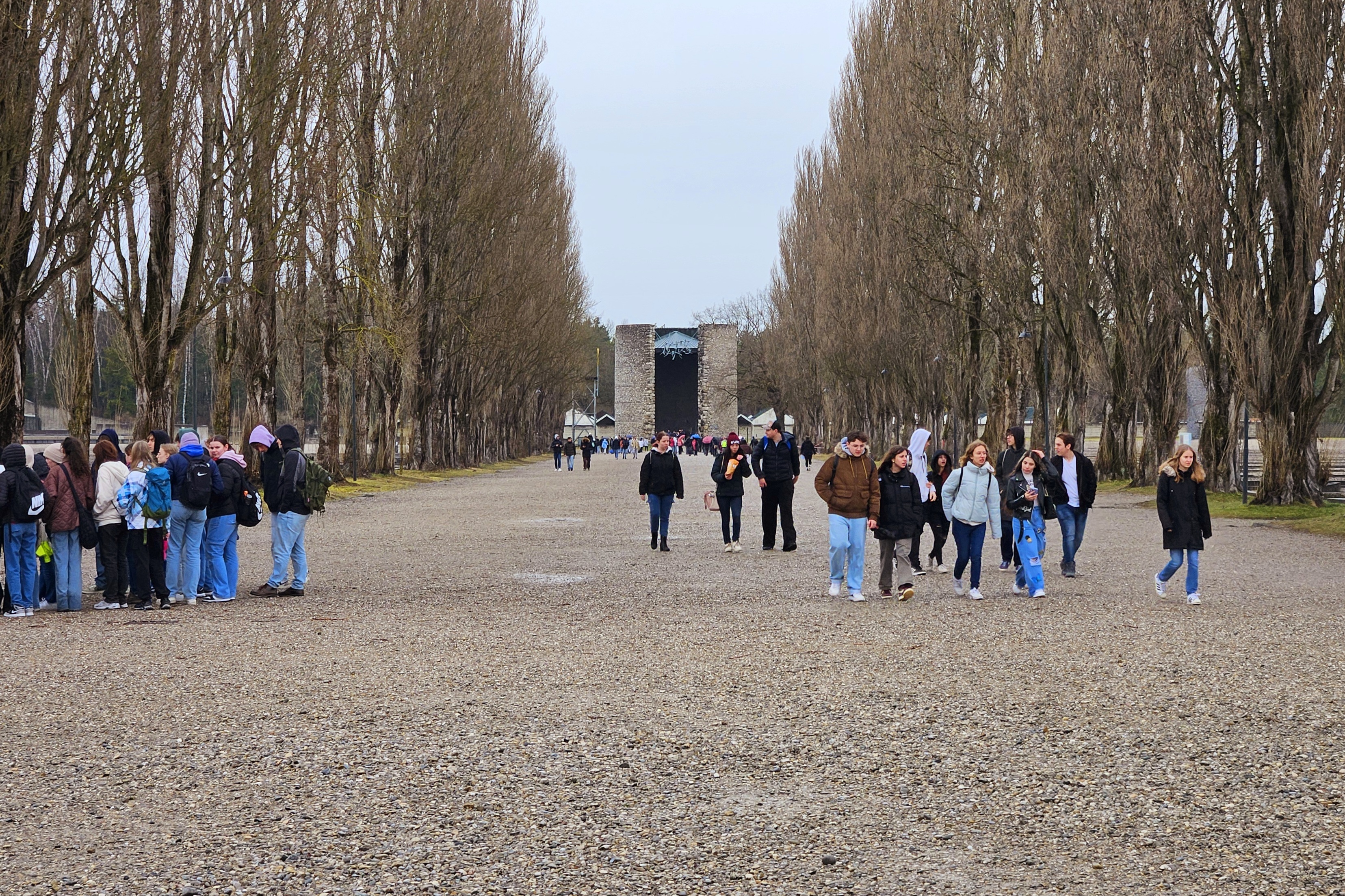
That was not a fun visit, but it was necessary.